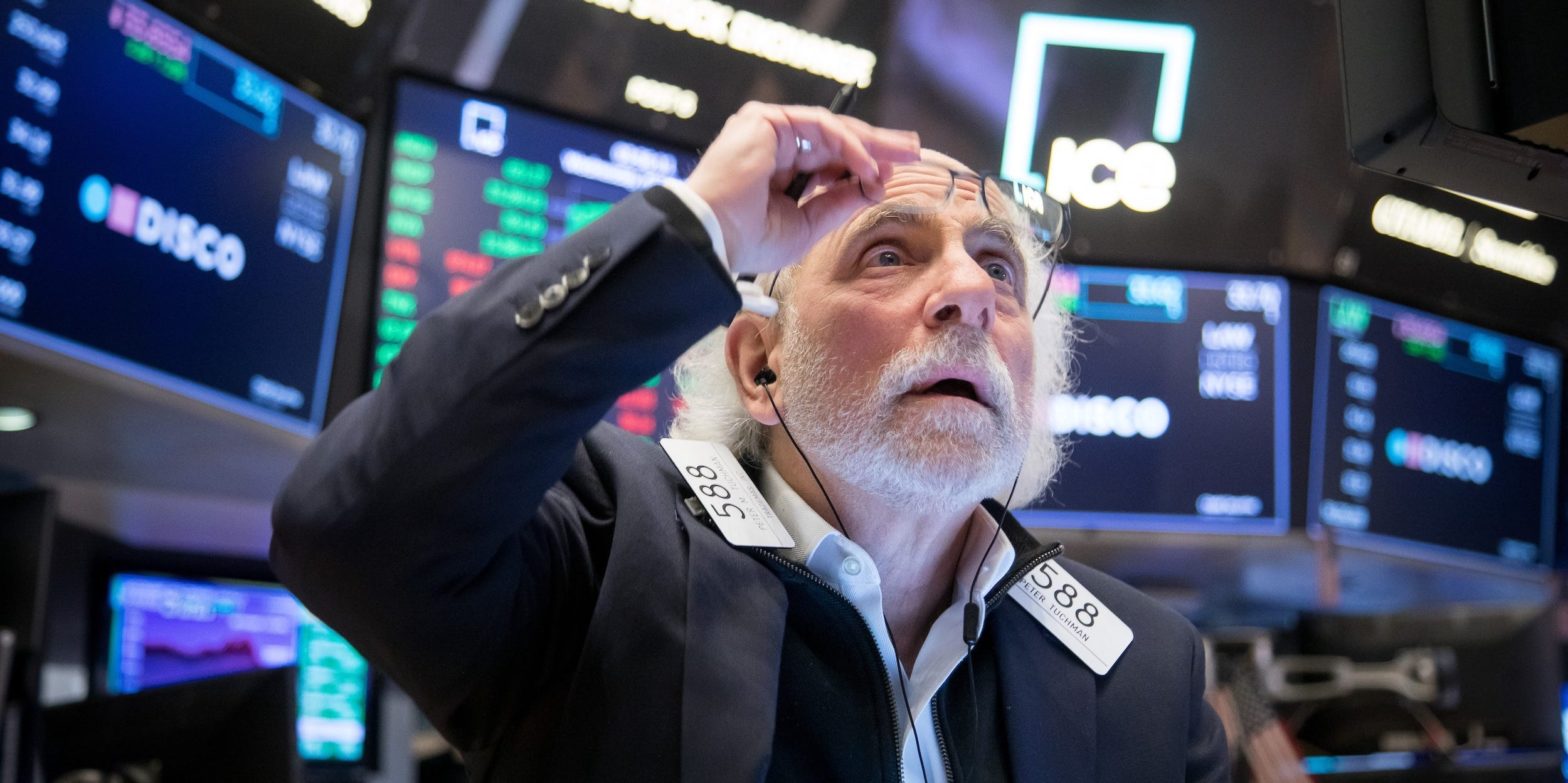The stock market flashed a contrarian buy signal this week that has led to swift gains in the past. Bank of America’s bull/bear indicator fell to the 2.0 level for the first time since March 18, 2020.While a stock market rally is likely over the next few weeks, it will represent an “epic” sell opportunity for investors, BofA said. Loading Something is loading.
Investors hoping for a continued rally in the stock market following its first-quarter decline of as much as 12% may get just that over the next few weeks, according to a Friday note from Bank of America.
The bank’s widely-followed bull/bear indicator fell to the 2.0 “buy” level this week, which has historically led to strong three-month forward returns for the global stock market. The last time the contrarian buy signal flashed was on March 18, 2020, just a few days before the stock market bottomed amid the onset of the COVID-19 pandemic.
The idea behind a contrarian buy or sell signal is to go against the wisdom of the crowd and do the opposite of what everyone else is doing before they ultimately follow your lead. BofA’s indicator is flashing extreme bearish sentiment based on various internal market indicators, suggesting that selling in the stock market is at or near exhaustion and prices could move higher as buyers begin to regain momentum.
Some of the indicators tracked by BofA’s bull/bear system includes cash levels among investment managers, bond and stock outflows from funds, and equity breadth, or participation of the average stock amid the market’s broader upward or downward trend.
The bull/bear indicator has flashed eight buy signal since 2013, and since 2002 the signal has generated a median three-month forward return of 8% for global equities, according to BofA. And in the months after BofA’s contrarian buy signal flash, stocks tended to outperform bonds and high-yield bonds tended to outperform government bonds, illustrating the potential for a shift to a risk-on environment going forward.
But any subsequent rally in the stock market over the next few weeks should be viewed as an “epic selling opportunity,” BofA said. That’s because an ongoing shock in rising inflation, higher interest rates, and lower corporate earnings growth means the S&P 500 is more likely to trade below 4,000 than it is to trade above 5,000 in 2022, according to the bank.
BofA doesn’t expect those shocks to get better anytime soon, noting that recent producer price inflation readings suggests new inflation records are likely in the coming months. Meanwhile, interest rate shock is poised to get worse as the Fed strongly considers 50 basis point rate hikes at its next meeting.
“Asset prices are driven by two things and two things only… rates and earnings,” BofA explained. The bank found previous periods when earnings growth decelerated while inflation and interest rates surged, and they happened with a struggling stock market.
During those time periods, the S&P 500 “struggled bigly,” falling 11%, 30%, and 12% in 1969, 1974, and 1977, respectively, according to BofA.
But investors can navigate the strained macro backdrop throughout the 2020’s by lowering their return expectations and owning small-cap growth, European, and strategic interest stocks, BofA said.
“Every country has companies of strategic interest and in the name of the “national interest” those companies will find favor from governments determined to protect voters from geopolitical threats,” BofA said.
